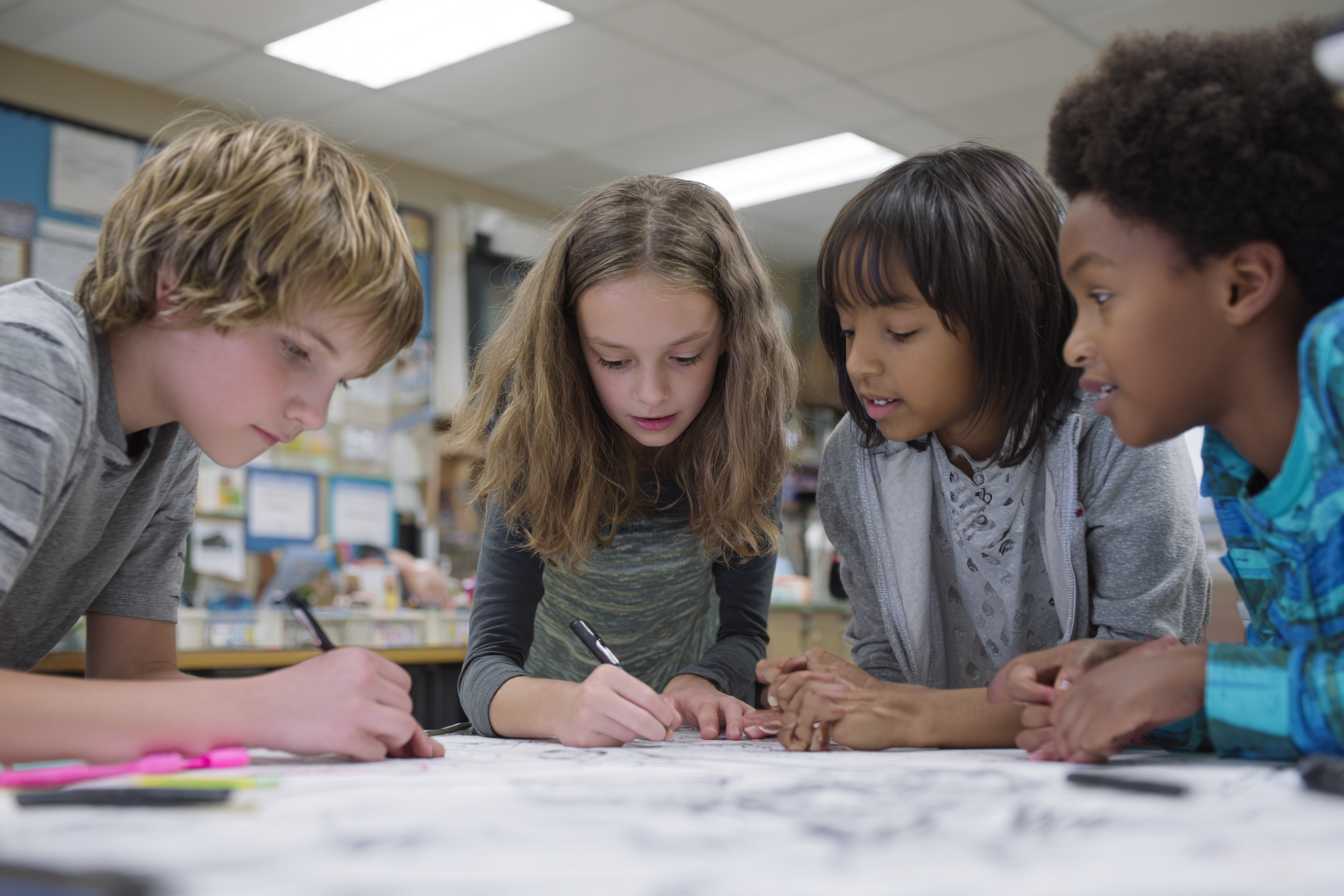Unit Plan 6 (Grade 4 ELA): Nonfiction Text Features & Structures
Grade 4 ELA: week-long unit on nonfiction text features—headings, captions, hyperlinks, diagrams—where students identify text structures, integrate visuals, and cite evidence.

Focus: Headings, captions, diagrams; navigating print/digital sources
Grade Level: 4
Subject Area: English Language Arts (Reading Informational)
Total Unit Duration: 5 sessions (one week), 45–60 minutes per session
I. Introduction
This week trains readers to navigate nonfiction like pros. Students learn how headings, subheadings, captions, sidebars, bold words, and hyperlinks guide understanding; how common text structures (sequence, cause/effect, compare/contrast, problem/solution, description) organize ideas; and how to integrate information from diagrams, charts, timelines, maps, and photos with the written text. By Friday, each learner will identify a passage’s structure, pull and explain details that prove it, and answer questions that require both the text and a visual.
II. Objectives and Standards
Learning Objectives — Students will be able to…
- Navigate print/digital informational texts using features (table of contents, headings, hyperlinks, index, glossary, captions) to locate and understand information.
- Identify and explain how text structure organizes ideas; cite signal words and details that prove the structure.
- Interpret information presented visually (diagram, chart, map, timeline, photo) and explain how it contributes to understanding the text.
- Answer questions by referring to details and examples from both words and visuals.
Standards Alignment — CCSS Grade 4
- RI.4.5 (describe overall structure; compare events/ideas in text)
- RI.4.7 (interpret information in charts/graphs/diagrams/timelines and explain how it contributes to text)
- RI.4.1 (refer to details and examples when explaining and drawing inferences)
Success Criteria — student language
- I can use headings/captions/links to find what I need and tell why the feature matters.
- I can name the structure (sequence, cause/effect, compare/contrast, problem/solution, description) and prove it with signal words and details.
- I can explain what a diagram shows and how it helps me understand the paragraph.
- I can answer a question with evidence from the text and the visual.
